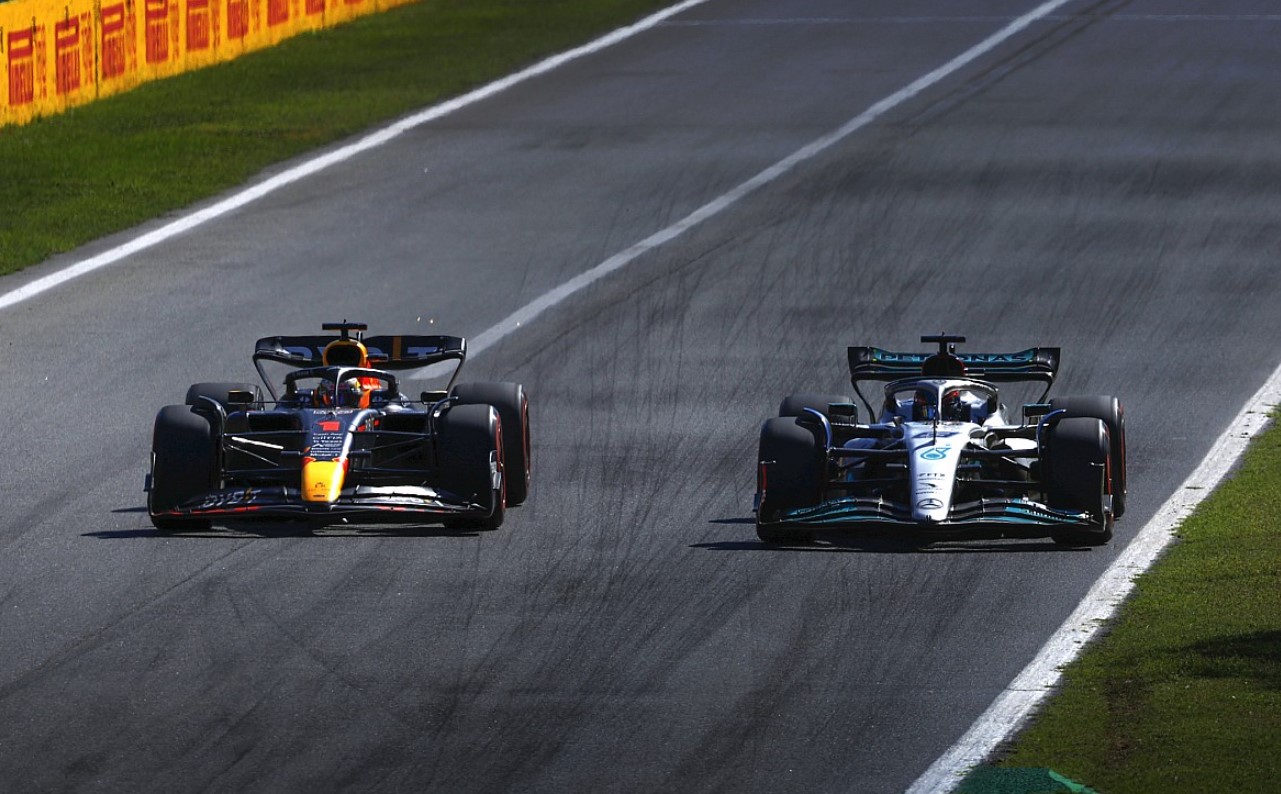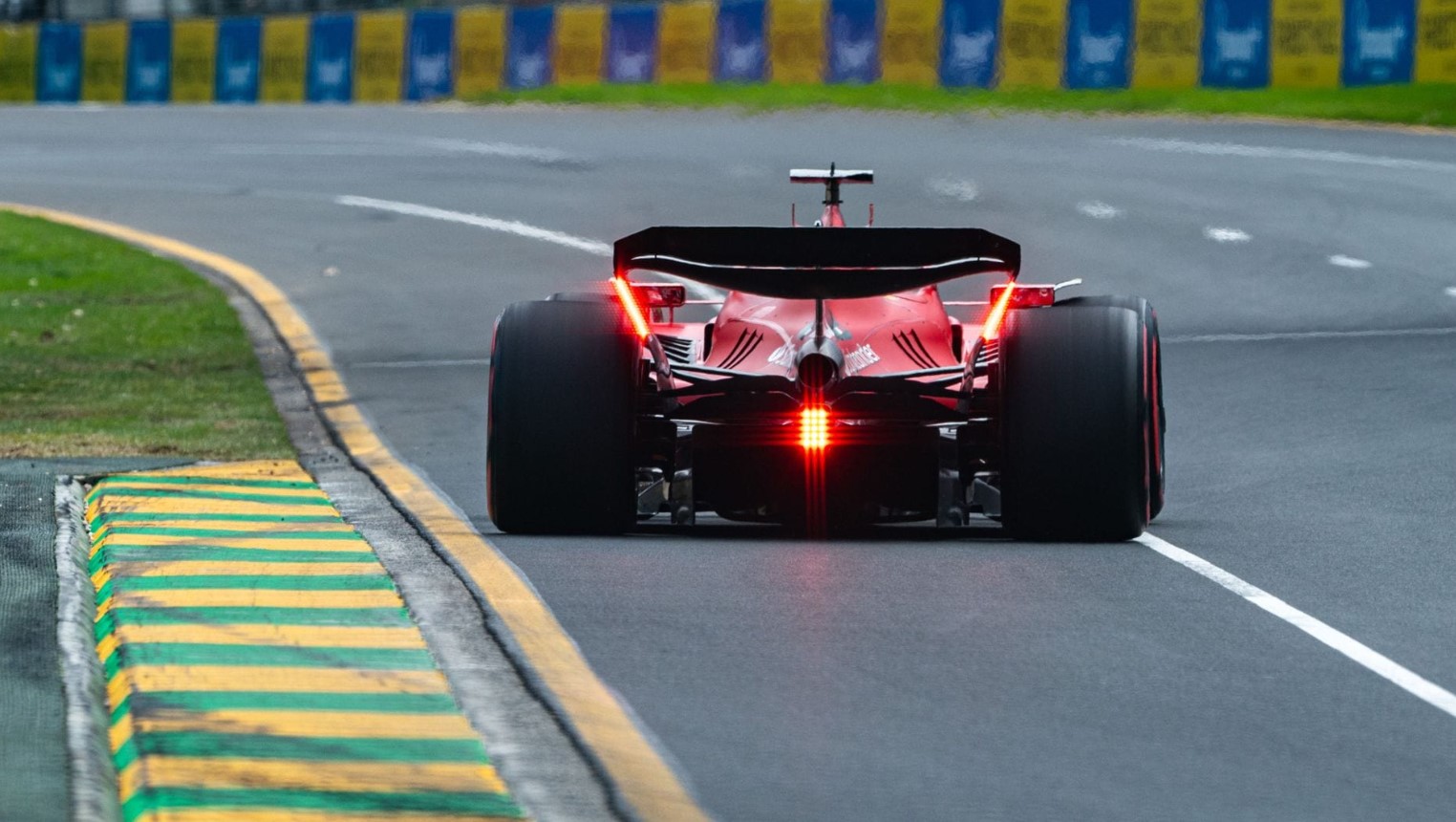Decoding the Drag Reduction System (DRS) in Formula One (F1) Racing involves understanding its functionality and usage constraints. DRS is a unique device integrated into F1 cars to enhance overtaking, thus making the race more thrilling. It functions by adjusting the car’s rear wing, reducing drag and subsequently increasing the vehicle’s speed. This system, however, is not always available to the drivers. Its usage is strictly restricted by rules set by the sport’s governing body, the Fédération Internationale de l’Automobile (FIA).
The FIA permits the activation of DRS only in certain sections of the track, known as DRS zones, which are typically the fastest sections where overtaking is most feasible. The activation is also contingent on the driver being within one second of the car ahead at the DRS detection point. This system has been designed to discourage defensive driving, encourage overtaking, and make the races more dynamic and suspenseful for the spectators.
However, the usage of DRS is not without controversy. Critics argue that it provides an artificial advantage to the driver, making overtaking easier than it would be without this technological aid. Moreover, the DRS also presents safety concerns. As it noticeably increases the car’s speed, the risk of accidents occurring due to loss of control is also heightened, especially if the driver is less experienced or if weather conditions are unfavorable.
Despite these concerns, the FIA continues to endorse the use of DRS, emphasizing its benefits. This system undoubtedly contributes to the spectacle of F1 racing, providing edge-of-the-seat moments for spectators and challenging the strategic acumen of the drivers.
While the debate continues, the DRS remains a critical element of modern F1 racing. It is a technological marvel that encapsulates the sport’s spirit of innovation, competition, and excitement. The key to its successful implementation lies in a delicate balance between maintaining spectator engagement and ensuring driver safety—a challenge that the FIA is constantly striving to meet. The DRS is a testament to the ever-evolving nature of F1 racing, and it will be interesting to see how it evolves in the future to further enhance the sport’s appeal.

DRS: A Controversial Feature Since 2011
The Decision Review System, widely known as DRS, has been a highly contentious feature in international cricket since its inception in 2011. The system, designed to minimize human error in the adjudication of decisions, has stirred up numerous debates among players, pundits, and fans alike. The main point of contention lies in the implementation and interpretation of the system. Many critics argue that it has introduced an element of inconsistency into the game, with decisions often hinging on the interpretation of technology rather than empirical evidence. However, its proponents contend that it adds an additional layer of fairness and precision to proceedings.
The use of technology like Hawk-Eye and Hotspot, which form key components of the DRS, has been questioned due to their reliability under different conditions. Furthermore, the system has also been criticized for its potential to disrupt the flow of the game, with reviews often causing significant delays. On the other side of the argument, supporters of DRS highlight the times when the system has indeed corrected glaring errors, thus potentially influencing the outcome of matches in a fair manner. The system also adds a strategic element to the game, as teams need to decide when to use their limited reviews.
This ongoing debate around DRS underscores the broader challenge of integrating technology into sports. While the intention of improving accuracy and fairness is commendable, the implementation and impact of such systems need to be continually evaluated and refined. As it stands, DRS continues to be a controversial feature of cricket, reflecting the tension between tradition and modernity in the sport.
Understanding DRS and Its Mechanism
The Decision Review System, commonly known as DRS, is a technology-based system used in cricket to aid on-field umpires with their decision-making. In essence, it’s a mechanism that enables players to challenge the umpire’s decision, which they believe may be incorrect. The system was first introduced in Test cricket in 2008 to minimize errors and increase fairness in the game. The DRS uses two primary technologies: ball-tracking technology (Hawk-Eye or Virtual Eye) and the Hot Spot.
The ball-tracking technology helps predict the path of the ball and whether it would have hit the stumps, while the Hot Spot uses infrared imaging to determine if the ball has struck the batsman, bat, or pad. The third umpire evaluates these technologies’ data, and based on the evidence, either upholds or overturns the on-field umpire’s decision. Although the DRS has been subject to criticism due to its perceived inaccuracy and the potential for misuse, it has undeniably brought a new level of precision and fairness to the game.
The procedure for applying the DRS varies between different formats of the game, and the International Cricket Council (ICC) regularly reviews and updates the system to ensure its effectiveness and accuracy. Understanding the DRS and its mechanism is crucial for both players and fans, as it not only impacts the outcome of the game but also adds an exciting strategic element to cricket.
DRS Demonstration
The DRS, also known as the Decision Review System, is a technological tool used in the sport of cricket to enhance the accuracy of on-field decisions made by the umpires. This system was first introduced in Test cricket in 2008, in a match between Sri Lanka and India. It has since become a crucial component of modern cricket, adding an element of precision to the game. The DRS demonstration involves showcasing the use of two primary technologies: the Hawk-Eye ball-tracking system and the Hot Spot thermal imaging system.
The Hawk-Eye system uses high-speed cameras to track the trajectory of the ball, offering a predictive pathway for the ball after it hits the batsman. It is often used to settle disputes over LBW (leg before wicket) decisions. On the other hand, the Hot Spot system uses infrared imaging to detect whether the ball has made contact with the bat or the batsman’s body. This is particularly useful in cases where a catch has been claimed, and it is unclear whether the ball actually made contact with the bat. In addition to these, the DRS also uses the Ultra Edge or Snickometer system to detect faint edges off the bat. Overall, the DRS demonstration is an insightful illustration of how technology can be leveraged to bring more accuracy and fairness into the game of cricket.
DRS Usage Regulations
The Decision Review System (DRS) Usage Regulations are a set of guidelines established by the International Cricket Council (ICC) to ensure fair play and accuracy in cricket matches. The system, which uses technology to review umpire decisions, has specific usage rules that must be adhered to. Teams are allowed a limited number of unsuccessful reviews per innings, which depends on the format of the match.
For instance, in a Test match, a team is given two unsuccessful reviews in an innings, whereas in a limited-overs match, a team is allowed one unsuccessful review. The DRS can only be used to review decisions made by the on-field umpires and cannot be used to question decisions made by the third umpire. It can be used to review decisions related to wickets, boundaries, and other specific situations.
The DRS usage regulations also dictate how a review is requested, how it is conducted, and how the final decision is communicated. The DRS has been a significant addition to cricket, aimed at reducing the impact of human error on the outcome of matches. However, the regulations surrounding its usage have been a subject of much debate and controversy, with some arguing that they allow for strategic misuse of the system. Despite this, the ICC maintains that the DRS usage regulations are essential in maintaining the integrity of the sport.

Explore Further
The concept of “Explore Further” encourages individuals to stretch the boundaries of their capabilities, knowledge, and perceptions in order to achieve a deeper understanding of the world around them. This exploration can take various forms, be it academic study, physical adventures, or introspective journeys into one’s own consciousness. Pushing oneself towards new horizons can lead to unparalleled personal growth and a heightened sense of fulfillment.
The pursuit of exploration often demands a high level of curiosity and a willingness to venture beyond one’s comfort zone. It’s this curiosity that pushes scientists to decipher the mysteries of the universe, compels artists to create profound works of art, and drives philosophers to contemplate the intricacies of existence. Similarly, explorers of the physical world challenge their limits while traversing treacherous terrains, diving into deep oceans, or scaling towering peaks.
On a personal level, an individual may seek to explore further in their professional field, nurturing their skills and widening their expertise. They may also explore their personal relationships, striving to understand and connect more deeply with others. This could also extend to self-exploration, where one seeks to comprehend their own emotions, motivations, and aspirations.
However, it’s essential to remember that exploring further doesn’t always mean reaching farther physically or achieving higher professionally. It could be as simple as expanding one’s perspectives, opening up to new ideas, or understanding different cultures. After all, the essence of exploration lies not in the destination, but in the journey and the invaluable experiences it offers.
At its core, the spirit of “Explore Further” embodies the human drive to learn, grow, and experience new things. It encapsulates the idea that we are all explorers in our own right, and that there’s always something more to discover – about the world, about others, and about ourselves. Whether we realize it or not, we are all on a continuous journey of exploration, and it’s this journey that shapes us, molds us, and eventually defines who we are.
